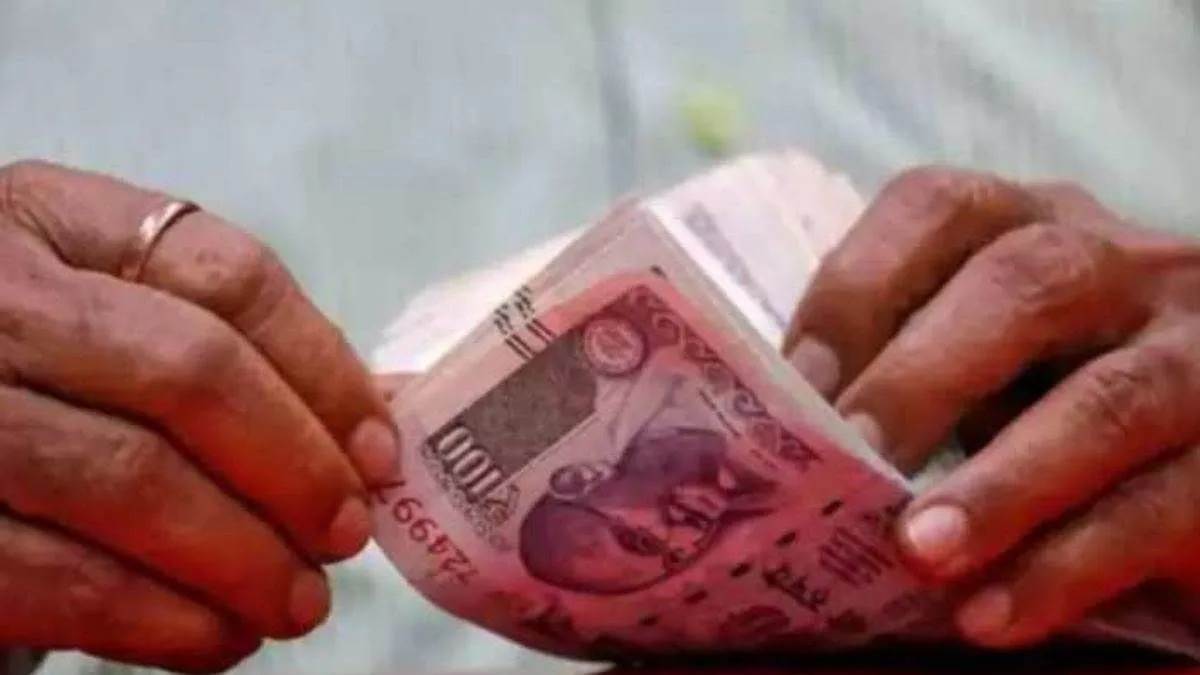
Business: The central government has introduced the Unified Pension Scheme (UPS) for its employees. This will benefit lakhs of government employees. Actually, government employees were angry with the low funds and returns in the National Pension System (NPS). They were constantly demanding the restoration of the Old Pension Scheme (OPS). To remove their anger, the government has announced UPS.
Let us understand how pension is calculated in both the pension systems and what is the main difference between them.
How is pension calculated in OPS-UPS?
In both OPS and UPS, government employees get a fixed pension. But, the method of calculating pension is different. In OPS, the fixed pension was fixed at 50 per cent of the last received basic salary + dearness allowance (DA). But, the fixed pension in UPS will be the average basic salary + DA received in the last 12 months before retirement.
This means that if an employee gets promoted in the last months of his tenure and his salary increases, he will not get the full 50 percent of his final salary as pension. He will get a lesser amount because the pension will be calculated based on the average 12 months' basic salary.
How much contribution will the employee have to make?
In the Unified Pension Scheme too, like the National Pension System, employees will have to contribute 10% of their basic salary and dearness allowance to UPS. However, in the new scheme, the government's contribution will increase. It contributes 14% to NPS, but will give 18.5% to UPS. However, in OPS, employees did not have to make any contribution. This was the reason that it put more burden on the government treasury.
Will I get tax exemption in Unified Pension Scheme?
The benefit of tax exemption is available in the National Payment System. He can claim income tax exemption of up to Rs 1.5 lakh in this. Also, there is no tax on withdrawing 60 percent of the amount of NPS. At the same time, there is no clear provision regarding tax in the Unified Pension Scheme.

However, UPS will provide a more fixed minimum pension. If an employee retires after 10 years of service, he will get a fixed minimum pension of Rs 10,000. Whereas, in the old pension scheme, after a minimum service of 10 years, one would get Rs 9,000 per month as pension.
Arrangement for inflation in OPS and UPS
Both OPS and UPS have a provision to increase the pension according to inflation, so that the pensioner does not face difficulty in living. The pension of retired people under OPS is revised twice a year, on 1 January and 1 July, when the government announces an increase in dearness allowance and dearness relief.
At the same time, inflation index will be applied to fixed pension, fixed family pension and fixed minimum pension in UPS. According to the government announcement, in the case of service employees in UPS, dearness relief will be given on the basis of All India Consumer Price Index (AICPI-IW).
--Advertisement--

 Desk
Desk Share
Share






